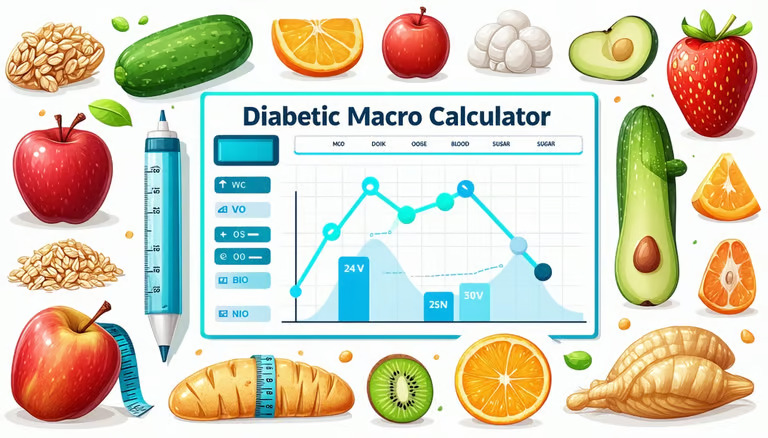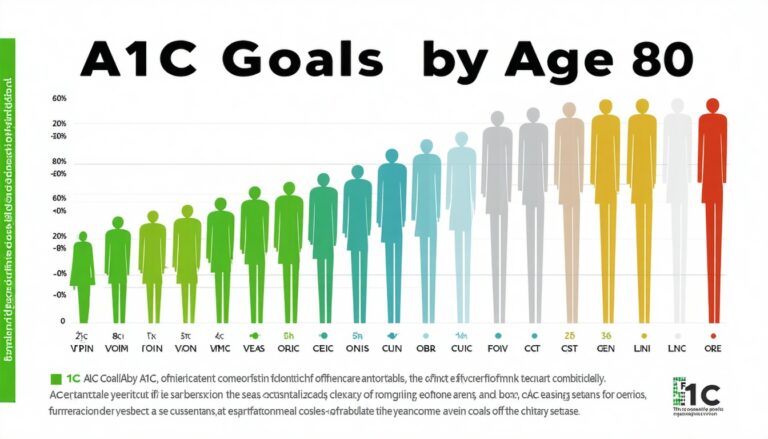How We Use the Diabetic Macro Calculator for Better Health
Learn about how we use the diabetic macro calculator for balanced macros and better health. Track carbs easily!
Understanding Carb Counting

Why We Should Keep an Eye on Carbs
Keeping tabs on the carbs we eat is a huge deal, especially for folks handling diabetes. It’s like being the director of a little movie, where our job is to track those carbs and adjust insulin as if it were an Oscar-winning performance. Whether someone is best friends with mealtime insulin or not, watching carbs is key for hitting those blood sugar sweet spots. This way, we can steer our health in the right direction and keep things on a nice, even keel (American Diabetes Association).
How to Count Carbs Like a Pro
Carb counting isn’t one-size-fits-all—there’s different strokes for different folks. Here are a few ways to make it work:
- Insulin-to-Carb Ratio Method: This is for the math lovers among us. It involves a personalized recipe of insulin doses for every gram of carbs chowed down (ADA). It’s like carb tracking on steroids, requiring an eagle eye on intake to nail those insulin amounts.
- Carbohydrate Choices: If extensive numbers aren’t your thing, this one’s for you. Foods become “carb choices” here, and each choice equals about 15 grams of carbs. Think of it like carb Tetris, where you stack up your choices to fit the daily goal.
- Diabetes Plate Method: This one’s as easy as pie—literally! Picture your meal on a plate: half is for veggie delights, a quarter for protein pals, and a quarter for those friendly carbs. It keeps the carb counting hassle-free and your dinner table balanced.
| Carb Counting Method | Description | Suitable For |
|---|---|---|
| Insulin-to-Carb Ratio Method | Precision tool: calculates how much insulin for each carb. | Folks on intensive insulin therapy |
| Carbohydrate Choices | Less math, more veggies: each “choice” is about 15 grams of carbs. | Those with Type 2 diabetes, no mealtime insulin |
| Diabetes Plate Method | Eyeball it: split your plate into veggies, proteins, and carbs. | People looking for general carb counting and a balanced meal |
Every carb counting hero needs trusty sidekicks—enter food labels, apps, and other tools. They make a world of difference in nailing down carb content. Eating and checking blood sugar before and after meals can also provide a treasure map to managing glucose levels (source).
Curious to try a diabetic macro calculator? We’ve got more treasure troves waiting for you, like our glycemic load calculator and estimated average glucose calculator!
Implementing a Diabetic Macro Calculator
When it comes to keeping diabetes in check, juggling the right mix of carbs, proteins, and fats can make all the difference. Our nifty diabetic macro calculator helps you figure out just the right balance of these nutrients to help keep your blood sugar steady and your overall health on point.
Balancing Carbs, Proteins, and Fats
It’s all about finding that sweet spot with your diet. Let’s break down how each piece of the nutritional pie plays its part:
Carbohydrates
Carbs, our quick-burn buddy, give us that immediate energy kick. But for folks with diabetes, keeping an eye on them is key to preventing those pesky sugar jumps and handling insulin like a boss. Knowing how your blood sugar reacts to carbs helps nail down just how many you need to munch on each day.
| Nutrient | Role | Suggested Amount (g) |
|---|---|---|
| Carbs | Quick energy, sugar spiker | 130-150 |
| Proteins | Keeps you full and firm | 60-120 |
| Fats | Slow n’ steady energy | 40-70 |
Chart borrowed from Optimising Nutrition
Need more tools to see how different foods mess with your sugar levels? Check out our glycemic load calculator.
Proteins
Proteins, the hunger-busting warrior, help keep those muscles pumped while squashing cravings. Amping up on protein lays a solid base in your diet, aiding not just with weight loss but with keeping your metabolism in tip-top shape.
For personalized protein pointers, swing by our estimated average glucose calculator.
Fats
Fats, the tortoise in our race, offer slow-release energy, making them perfect when you’re chilling out. They can nudge blood sugar up over time, but they’re easy to pace. Tweaking your fat intake to your body’s rhythm is crucial, more so when carbs are dialed down.
Curious about how insulin and fat play together? Peep our homa-ir calculator.
Customizing Your Macro Intake
Tuning your nutrient game means fitting your meals to your personal health puzzle. Our diabetic macro calculator looks at the whole picture, considering your size, age, and how much you shake your groove thing to dish out spot-on advice.
Here’s the game plan:
- Get the Lay of the Land: Use the calculator to clock your daily needs for carbs, protein, and fat.
- Keep an Eye on the Prize: Watch those sugar levels to see how different meals measure up.
- Tweak and Tweak Again: Shift your intake to match your energy vibes and what your sugar numbers tell you.
| Factor | What to Think About | Example |
|---|---|---|
| Height/Weight | Personal stats for getting your needs right | 5’7″, 150 lbs |
| Age | Affects how fast you burn calories | 30 years |
| Activity Level | Counts those everyday energy burns | Moderate workouts like our buddy Calculator.net boasts |
Our mission is to give you a no-hassle tool that helps plot a course to better eating and health. Personalizing your macro blueprint with our diabetic macro calculator means keeping your diabetes in check while living the healthy life you deserve.
Image Credit






